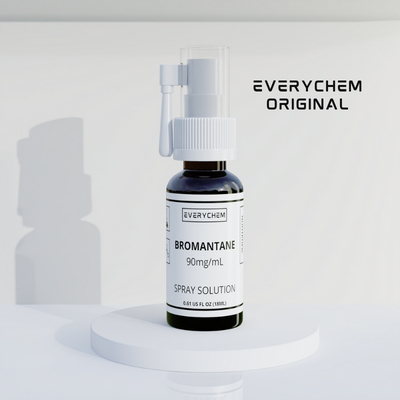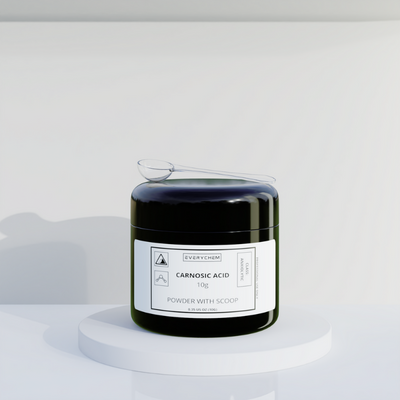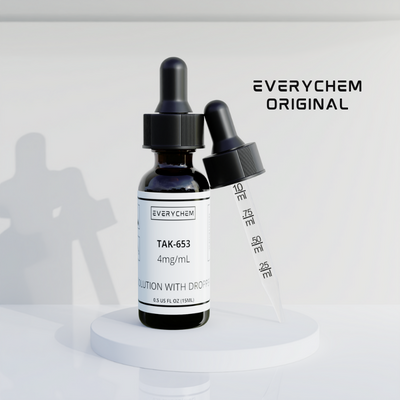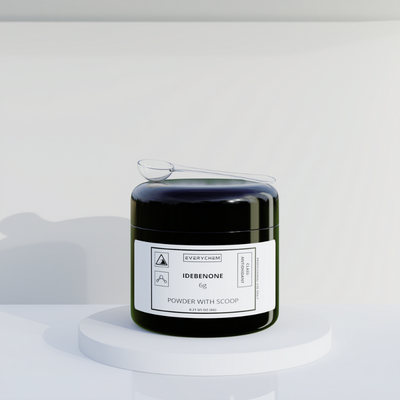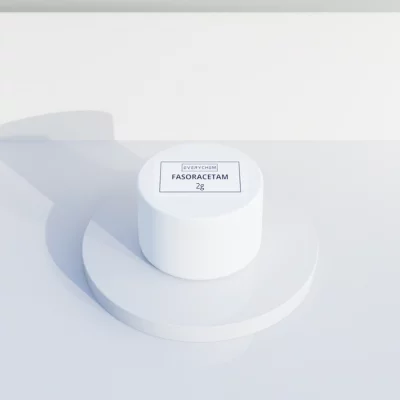Buy Bromantane Spray | Dopamine upregulating nootropic | Read more:
Background
Bromantane increases dopamine without addiction, tolerance or withdrawal [2][3]. Despite being classified as a psychostimulant, it is distinct from others in its class. Any perceived stimulatory effects are mild, and studies report decreased anxiety among subjects [1]. This has made Bromantane a hugely interesting compound, though it was neglected for many years for unknown reasons.
In Russia it was used under the name “Ladasten” for the treatment of asthenia, which is similar to chronic fatigue syndrome. In a study of over 700 patients, it was concluded that Ladasten was not only safe but even lacked side effects [1]. Western medicine has paid little attention to Bromantane, however Algernon Pharmaceuticals is now investigating it for its antifibrotic, kidney-protective effects. We hope to encourage such research by allowing researchers to buy Bromantane.
Pharmacology
Bromantane’s mechanism is thought to be like that of Amantadine’s: Kir2.1 potassium channel inhibition [4]. Similarity is shared not only in downstream effects, but chemical structure.
High dopamine biasedly enforces synaptogenesis in D1-containing direct medium spiny neurons, and this creates an imbalance with D2-containing indirect medium spiny neurons. Kir2.1 potassium channel inhibition, however, corrects this, therefore improving disorders such as dyskinesia, psychosis and other detriments caused by abnormally high dopamine.
The anti-inflammatory effects of these compounds indirectly inhibit histone deacetylases, and this gives rise to neurotrophins such as BDNF and especially GDNF. As seen in Parkinson’s patients, GDNF injections had benefits lasting up to 3 years after stopping, maybe explaining Bromantane’s dopaminergic effect which lasts for 2 months after discontinuation. Reduced neuroinflammation and increased neurotrophins also functions as a dual protective measure against neurotoxicity in dopamine neurons.
Bromantane’s benefit to athletic ability may be multifaceted: it may draw influence from the central nervous system as described above, but it may also be secondary to testosterone and/ or tissue oxygenation. Like Bemethyl (Metaprot), Bromantane is in a class of compounds called “actoprotectors”, primarily known for their antihypoxic effects. And like Bemethyl, both are antioxidants, which is believed to underlie these effects (albeit Bromantane a stronger antioxidant). This could be how Bromantane improves testosterone, although the marked reduction to cortisol could also play a role. This combined with the increase in GABA is likely what gives Bromantane an anxiolytic effect.
Pharmacokinetics
Bromantane is mistakenly publicized as having a 42% oral bioavailability, however its absolute bioavailability is only 27.5% [5]. Due to having a wide volume of distribution, its accumulation in lower organs (such as the liver) reduces its availability to the brain, which in isolation has a half life of 7 hours[5]. It is metabolized by cytochrome P450, into less dopaminergic, more anticholinergic compounds, however the LD50 is still especially high at 8100mg/kg[5].
References
[1] Clinical Trials: https://pubmed.ncbi.nlm.nih.gov/21322821/
[2] Upregulation: https://pubmed.ncbi.nlm.nih.gov/11109517/
[3] Lack of withdrawal or addiction: https://pubmed.ncbi.nlm.nih.gov/19491814/
[4] Amantadine’s mechanism of action: https://www.jci.org/articles/view/133398
[5] Book on Bromantane: http://library.lol/main/CD8E44AA817FFB656E936429BF0A8496
Disclaimer
Scientific discussion is purely for educational purposes. This is not medical advice.

